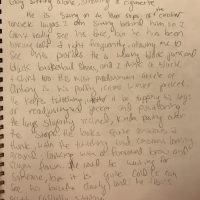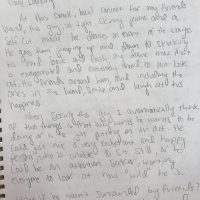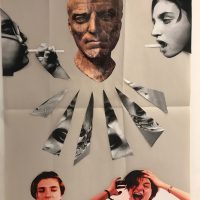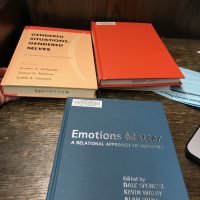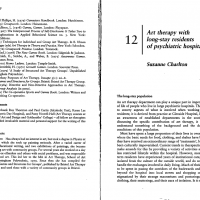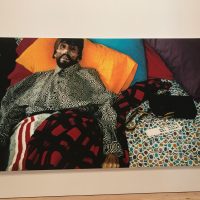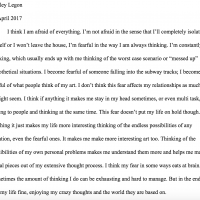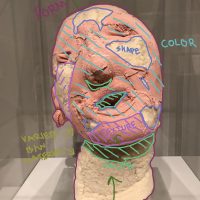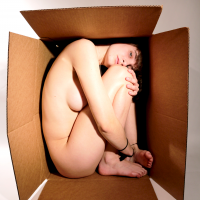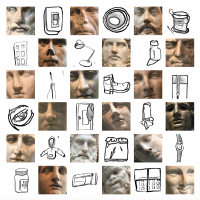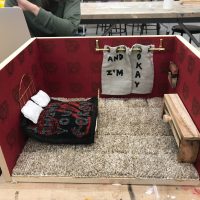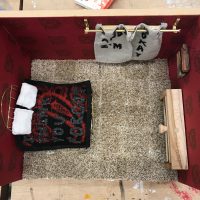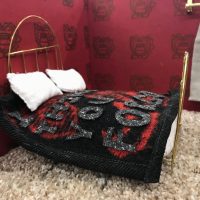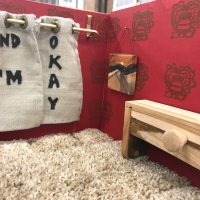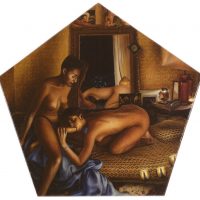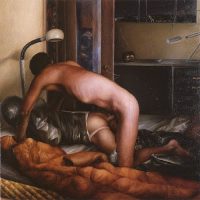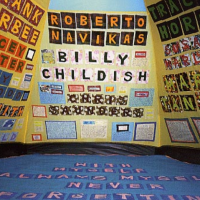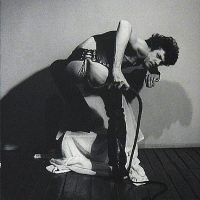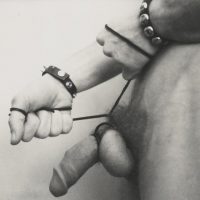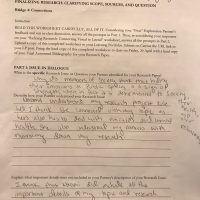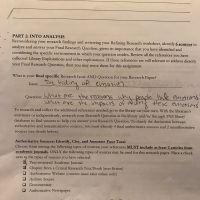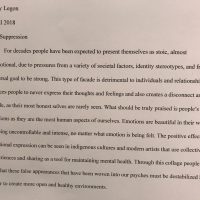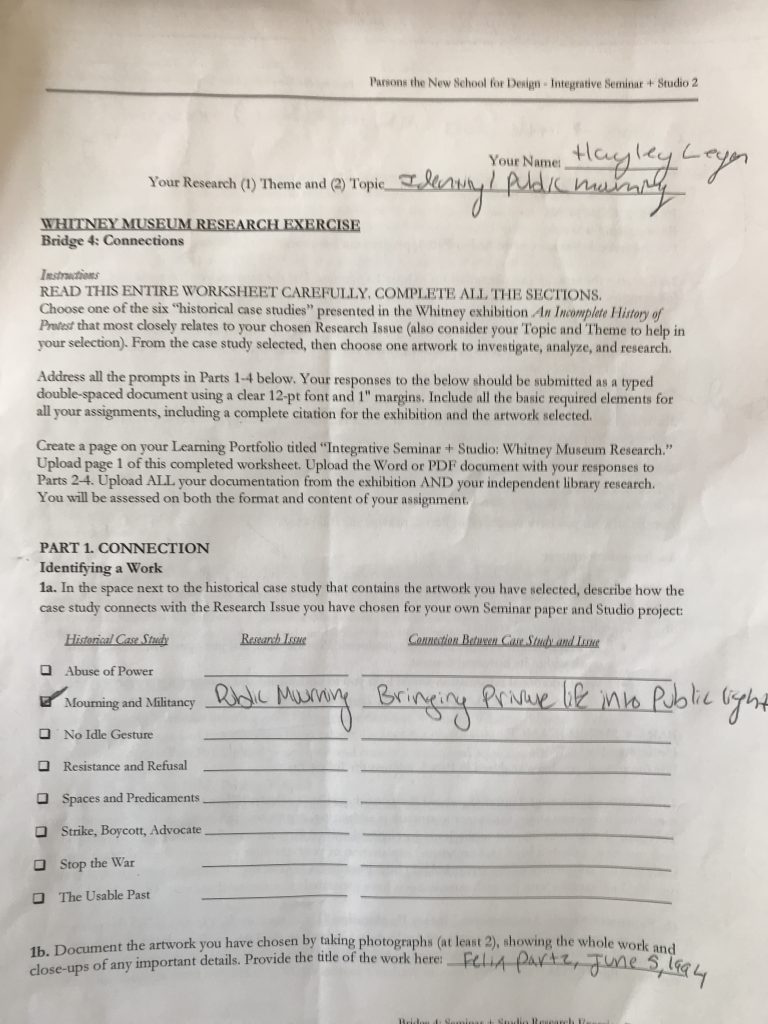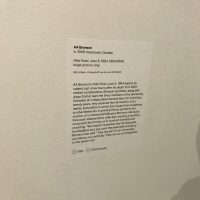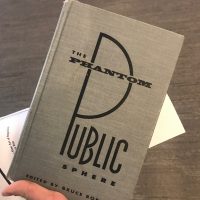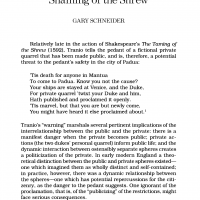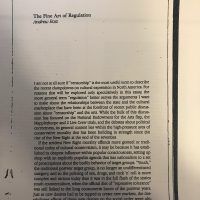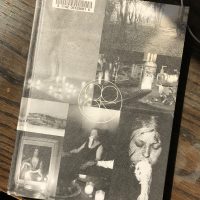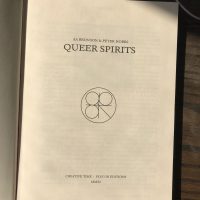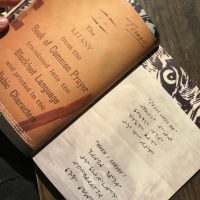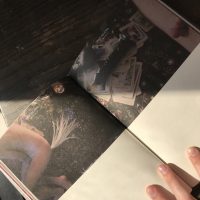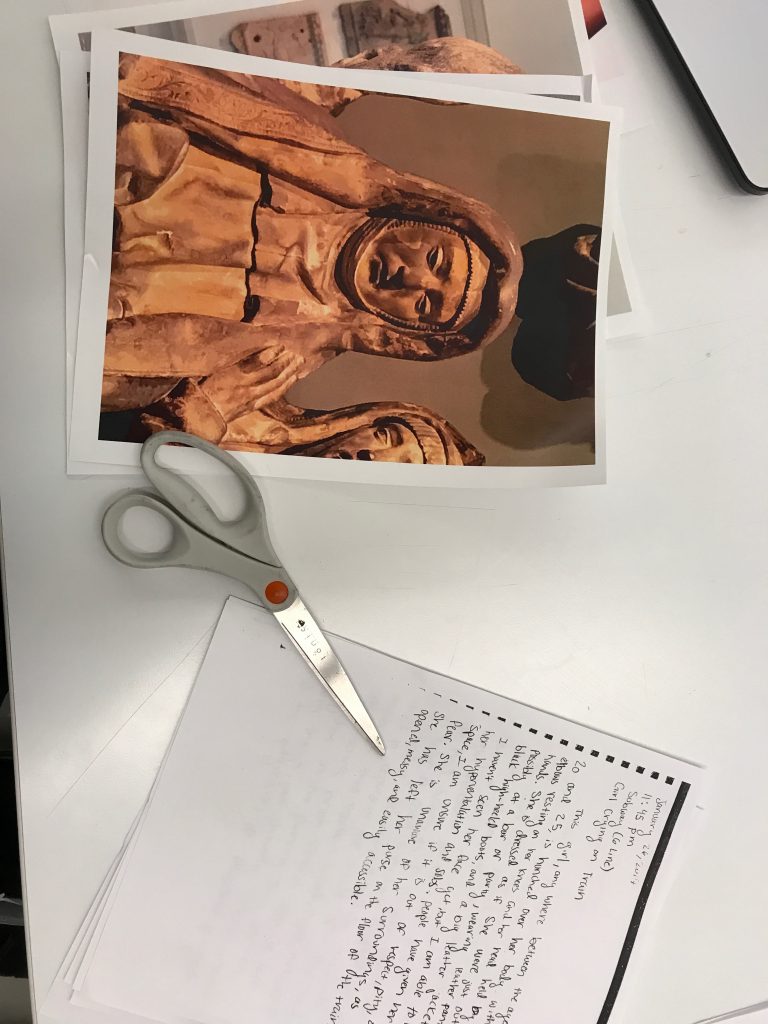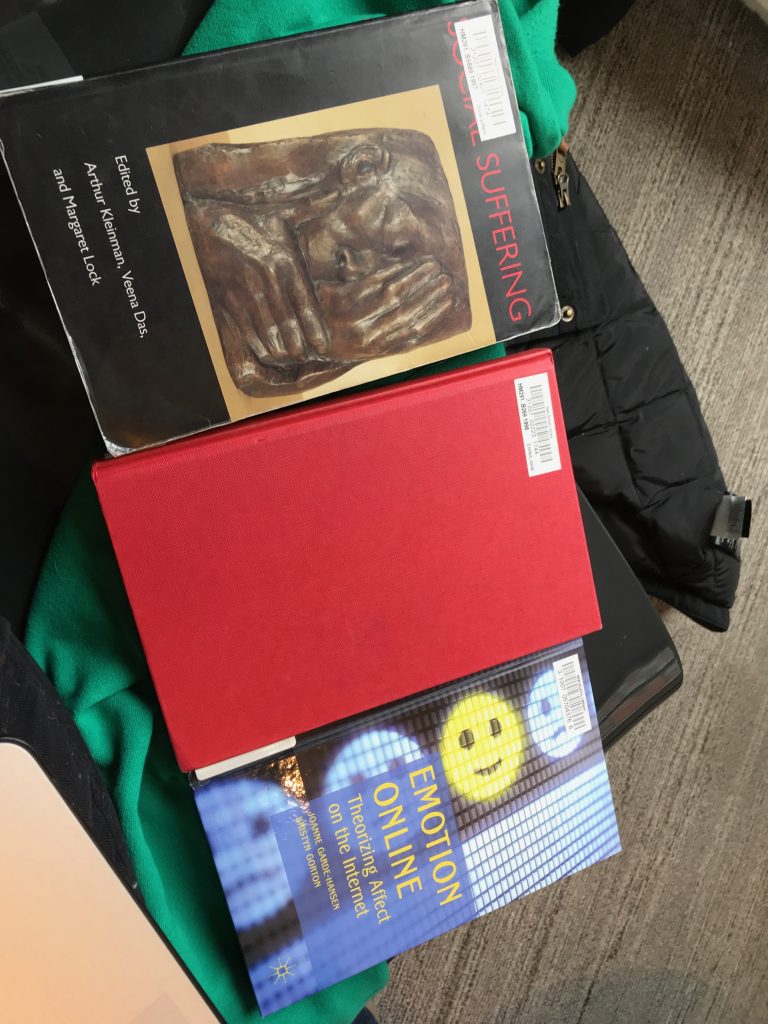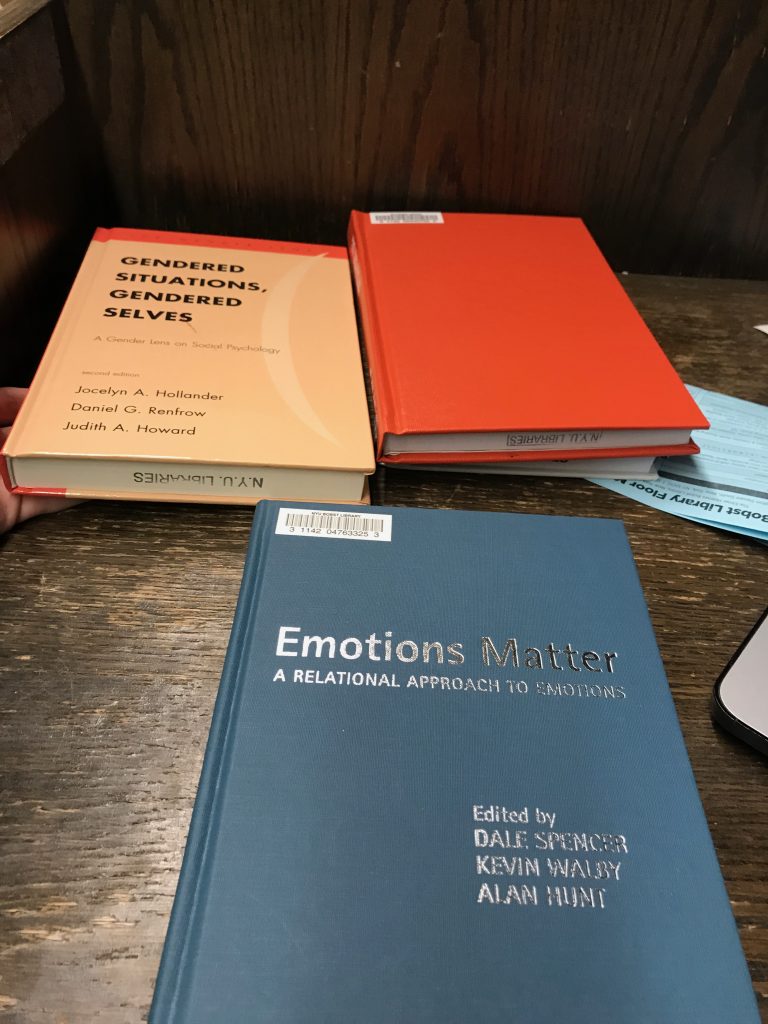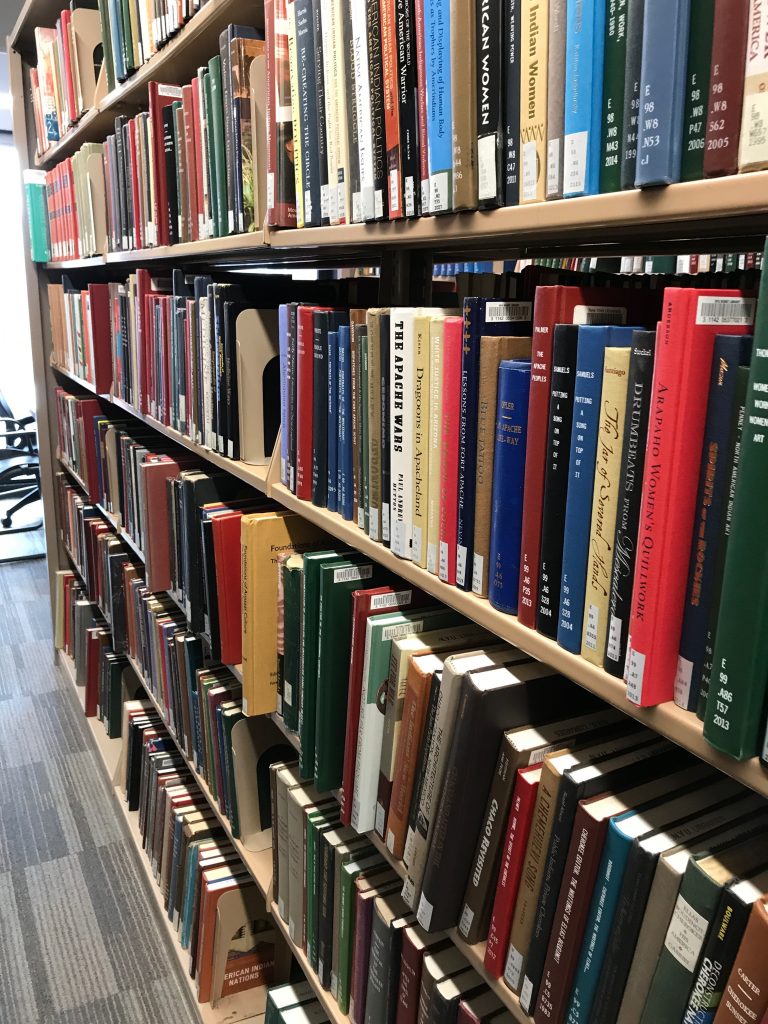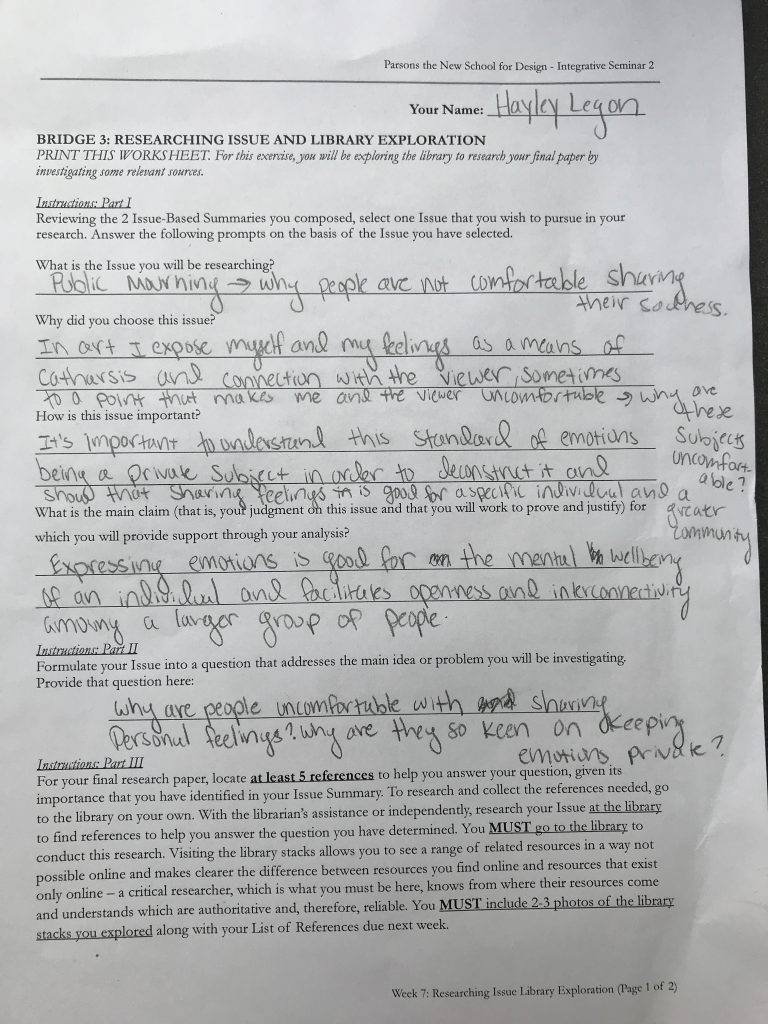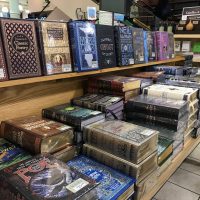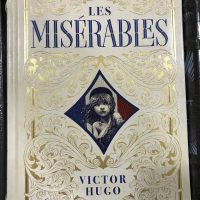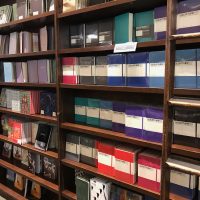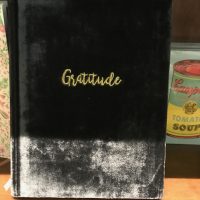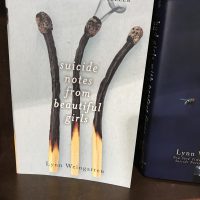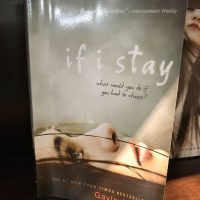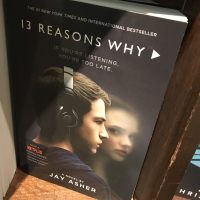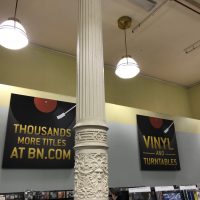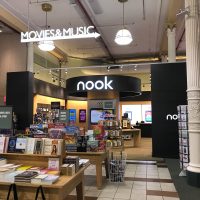- Artist Statement: Group TherapyIn Integrative Studio, I used two different types of mediums, photo based media and sculpture. In the beginning of the year I used photography and film, but began to bridge this type of digital medium with sculpture in the middle of the semester, ending the year by making a hand crafted and constructed diorama. Sculpture has always connected with me, as it gives me an immersive form of expression. I hope to continue working with the medium despite my career path in illustration. Hopefully in years to come I can find ways to merge my two favorite mediums, to make work that is emotionally expressive and still fits in my artistic aesthetic. In Integrative Seminar, I read works for my final that showed the important effects of art on the human mind and society. Throughout seminar, we have discussed matters of how the human mind processes visual information and how these processes have meaning for an individual and society. I would like to further explore how the mind works and what I can discover about myself and my influences through art. Putting these types of discoveries into the world is another type of exploration, as I can see how people relate and react to my work, learning more about me and the world at large. In my work I try to express intense feelings that I find unexplainable, and even uncomfortable, in ways that make people laugh, feel with me, or reflect. I like confronting viewers with feelings that many times are not given attention, so viewers are given a moment of catharsis through my own exposition. Sometimes I mask these intense emotions with humor, to show the lightness of life and also the importance of laughing at yourself. I, Hayley Legon, am from Miami, FL and am currently studying illustration at Parsons School of Design in New York City. As an artist, I am influenced by my generation and how the people around me and I interact with the world through artistic choices, speech, and more.
- Seminar Focus: In seminar we read and discussed about the visual information that has purpose and meaning in our lives. We read texts alone, whether it be literature or video, and then had class discusses or exercises that either focused on literal interpretations of the text or reflective questioning. The most important concept I learned in Seminar was that symbols and signs have meaning to human’s only because of the processes the mind undergoes when reacting to said visual information.
The relationship between this artwork and my studio final was the impact of bringing private moments into the public, and what that shift means to the viewer. - Studio Focus: In studio I experimented with new mediums such as performance art and meticulous sculpture making. Throughout the year I discovered that the exposition of the self is important for my art, but does not require actual imagery of the self to be intense and show my concept. In the beginning of the year, I was not a fan of detailed work, but as this semester has gone on, I have found important meaning in little details and the importance of creating a “feeling” or “vibe” in my work. I found my first set of projects, my diptychs, to be an exposition, but one focused on literal interpretation and aesthetics more than serious meaning. With my final project I have found a new direction to go in with my work: seeking connections with my viewers through the little things that aren’t traditionally given value.
The analogue process was helpful in the taxonomy because it sent me on a path to exploring little details and what they mean to a person’s subconscious. The relationship between this artwork and my studio final was the impact of bringing private moments into the public, and what that shift means to the viewer. Bridge 2: Objects Make you Cry, Objects Don’t Mean Shit
- For seminar, I found the key bridge assignment to be Bridge 4, as beginning research and exploring the Whitney Museum helped not only refine my research paper, but also gave me influence for my studio project. For studio, I found the key bridge assignments to be Bridge 2, as the open ended and eclectic assignment helped to get ideas out that would be refined further later in the semester. Bridge 4 was important as going to the Whitney Museum showed me professional examples of the emotions and concepts that I wanted to demonstrate in my final. Bridge 5, was the most important bridge for me as the final helped me to change my artistic practices and make a piece I am incredibly proud of. Monica Majoli, Tracey Emin, and Robert Mapplethorpe were big influences for me when discussing exposition and making imagery that is aesthetically interesting, shocking, and also relatable to the viewer. The Langer text was helpful for understanding the processes of the mind. The conceptual basis for my work this semester was about the importance of sharing emotions and thoughts in order to help one’s own wellbeing, and help the world at large to be more accepting and open. I wanted to make work that demonstrated serious moments for me, while still being relatable to a wider audience. The use of fabrics, woods, and metals for my final studio project was helpful in supporting my concept as the materials were familiar among most people and hold value and memories differently for each viewer.
